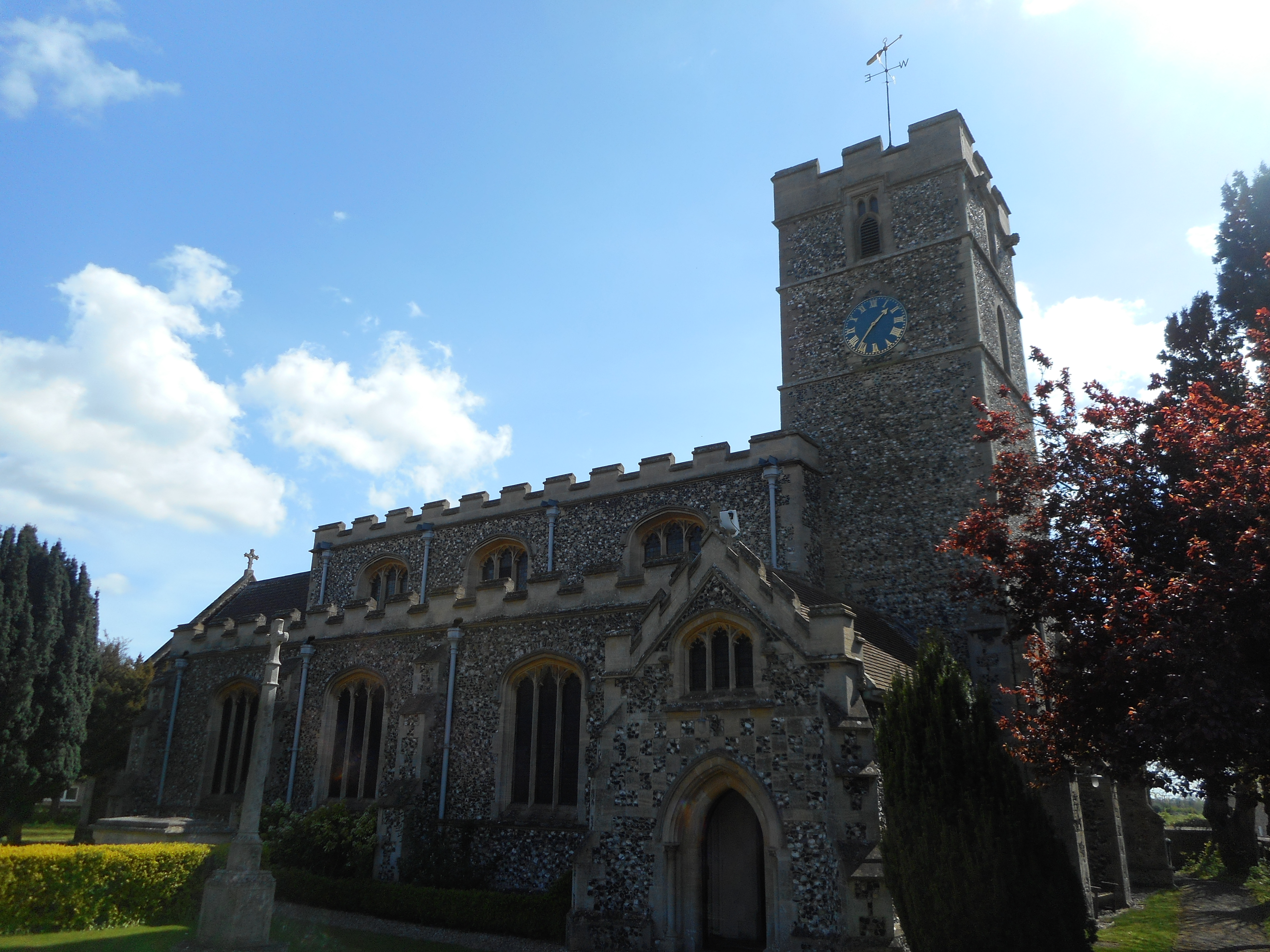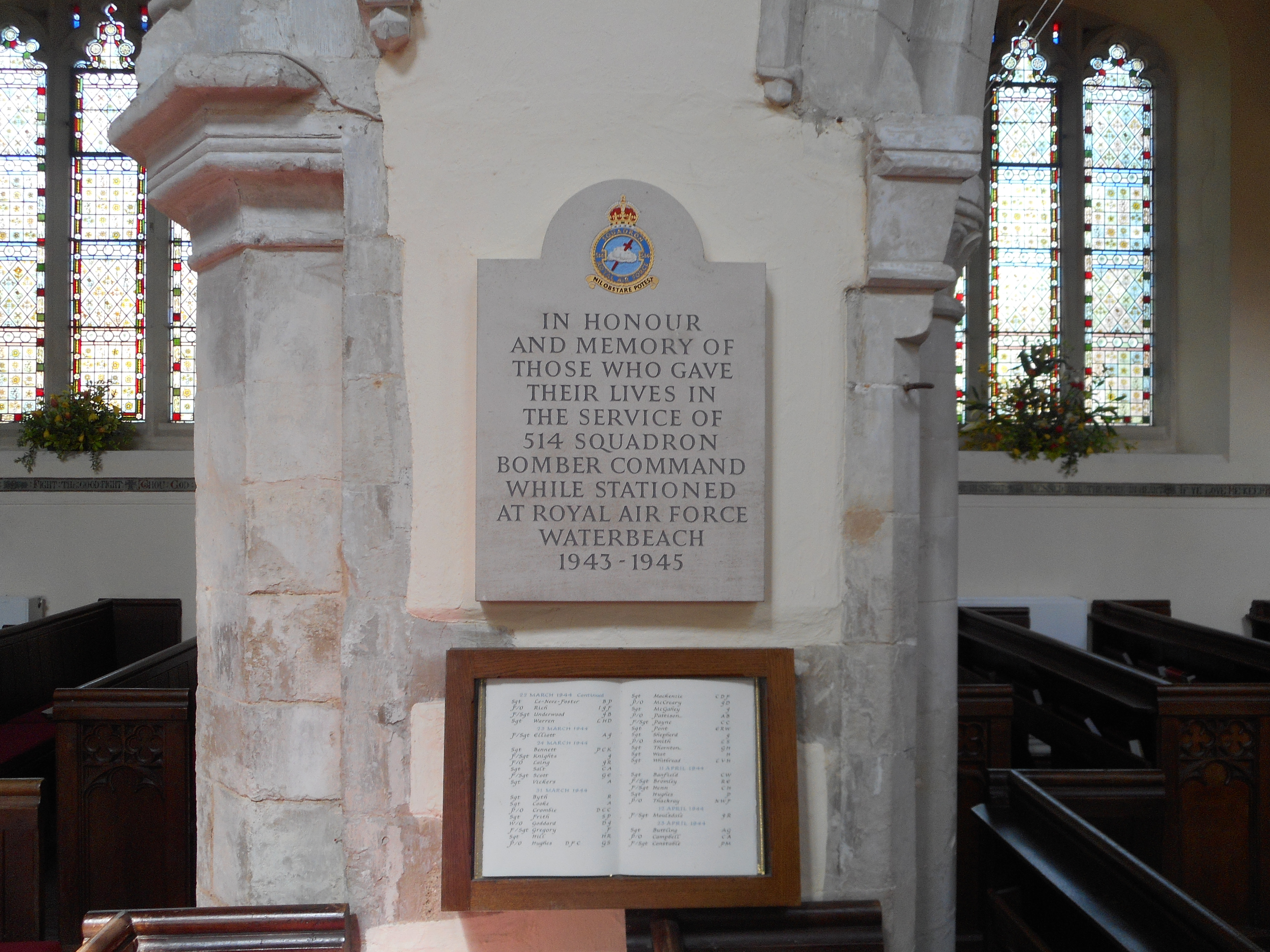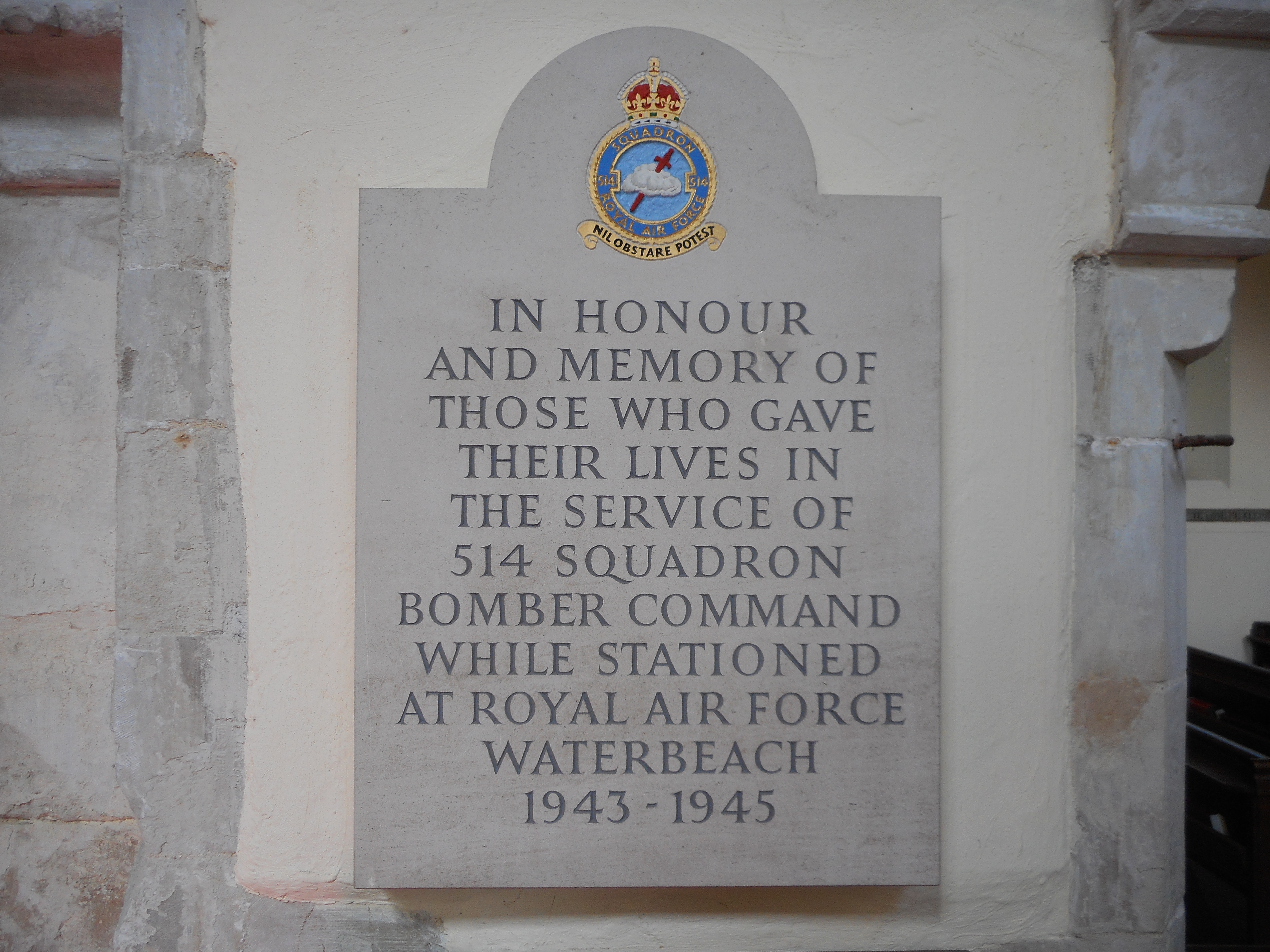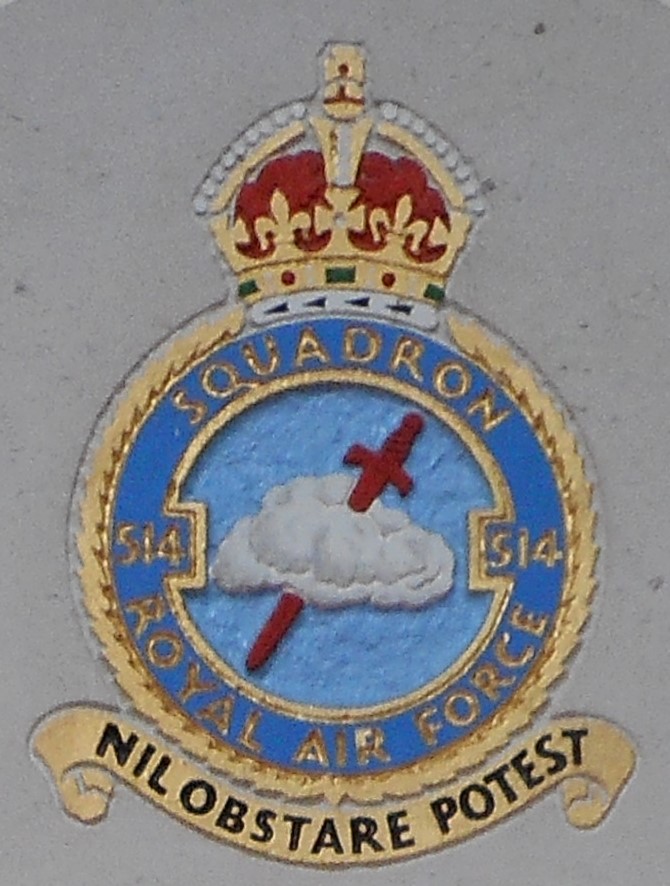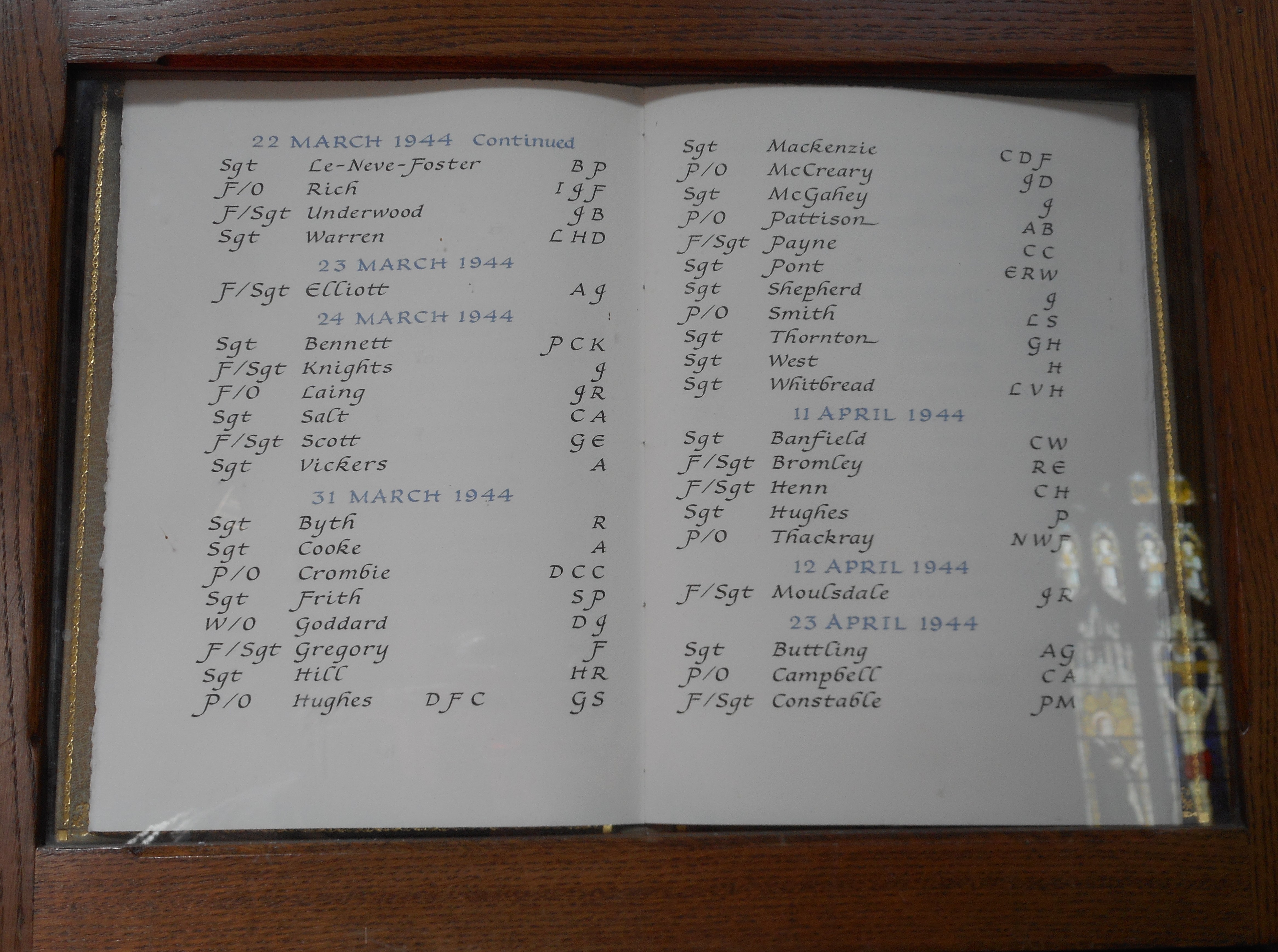| Public Records Office Air 2/5867 has a recommendation for a Victoria Cross dated 17 June 1945 and signed by Wing Commander P.L.B. Morgan, Commanding Officer of No.514 Squadron. McLean had flown five sorties (20 hours 35 minutes). “On the night of the 2nd/3rd February 1945, the above named officer was detailed as pilot and captain of a four engined heavy bomber to attack Wiesbaden. The target was a heavily defended one, and just after the bombs had been released there was a loud explosion in the aircraft. Flying Officer McLean was then heard to ask the Flight Engineer if the starboard inner engine had been hit. He got no reply but almost immediately he himself confirmed that it was the starboard inner engine and that it was now out of action. At this moment the Mid-Upper Gunner saw that the starboard inner engine was on fire. The air bomber, who was down in the bomb aimer's position when the explosion occurred, then came up to see if he could give any assistance. At this moment, a large piece of white-hot metal came into the aircraft and lodged between the pilot's feet just aft of the rudder bar. The Air Bomber attempted to remove this with the aid of a flying jacket, but was unable to do so. Seeing this, Flying Officer McLean ordered the crew to carry out the emergency procedure for abandoning the aircraft. Flying Officer McLean continued to control the aircraft in spite of the white hot metal, which by now was quickly setting fire to everything in its vicinity, including Flying Officer McLean's boots and clothing. Just prior to leaving his turret, the Mid-Upper Gunner saw that the whole of the front part of the aircraft was on fire but the aircraft was still being kept steady which enabled him to reach the emergency exit and abandon the aircraft. The Air Bomber, on his way to the emergency exit, noticed the Flight Engineer lying on the floor, apparently wounded or killed, so he called for a parachute pack, which he fastened to the Flight Engineer's harness. The pilot then told them to get out quickly. The Air Bomber then noticed that Flying Officer McLean was enveloped from head to foot in flames and that the whole cockpit was on fire. He then received a blow to the stomach and fell out of the aircraft. The Air Bomber and the Mid-Upper Gunner were the only two survivors of the crew but they undoubtedly owe their lives to the outstanding bravery of the captain, Flying Officer McLean, who remained at the controls in order to steady the aircraft sufficiently to let his crew abandon it, completely disregarding his own safety and enduring what must have been extreme agony. Had he chosen, Flying Officer McLean was in a position to save himself but, crippled as the aircraft was, it is unlikely that any other members of the crew would have survived. By his action, Flying Officer McLean set the highest example for outstanding bravery and courage, sacrificing his own life in attempting to save the lives of his crew and comrades. It is a very strongly recommended that this outstanding example of heroism be recognized by the posthumous award of the Victoria Cross to Flying Officer W.E. McLean. |
